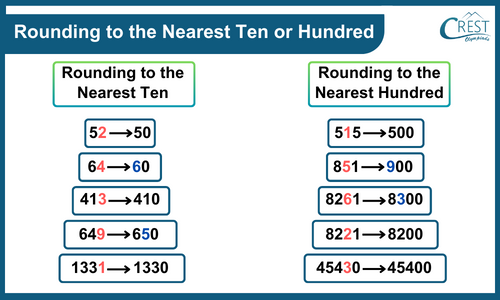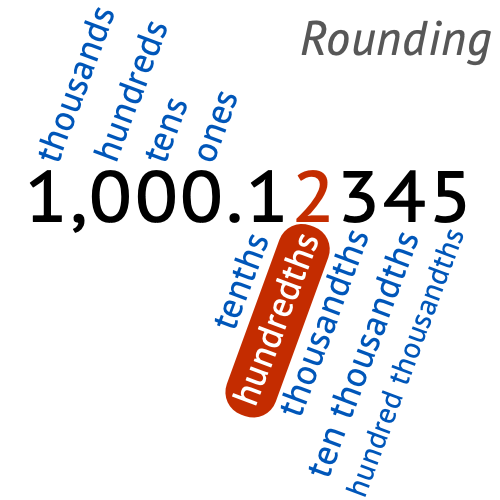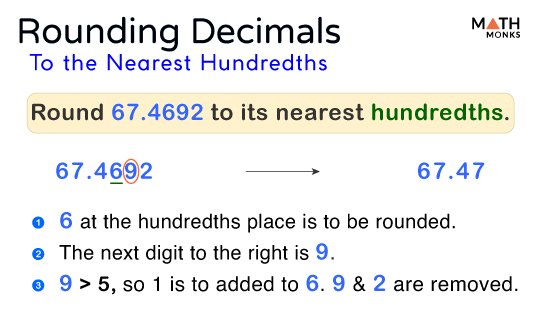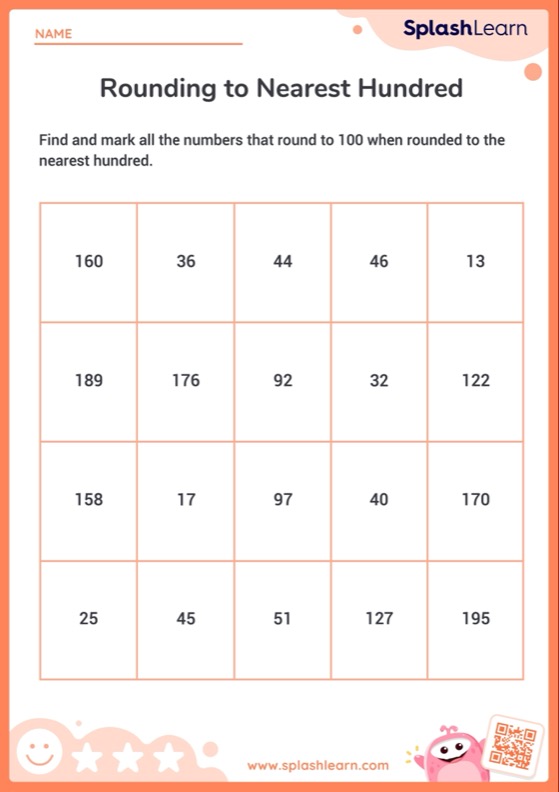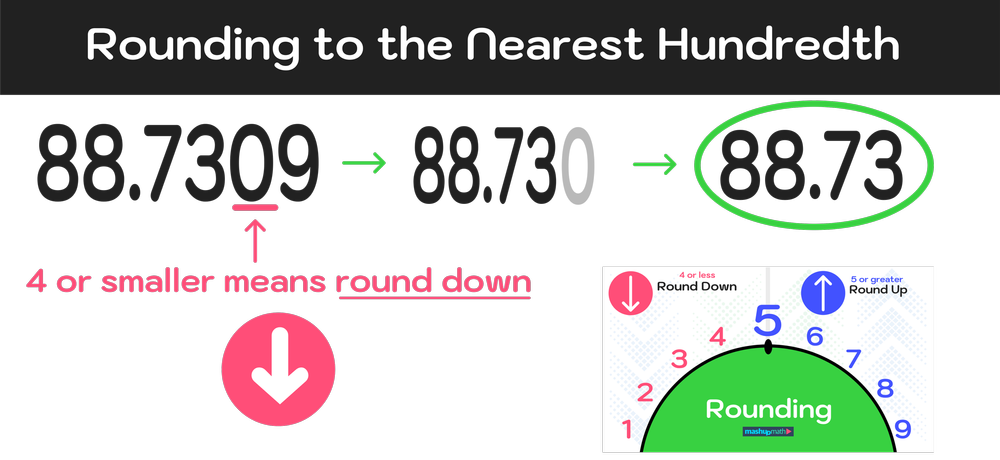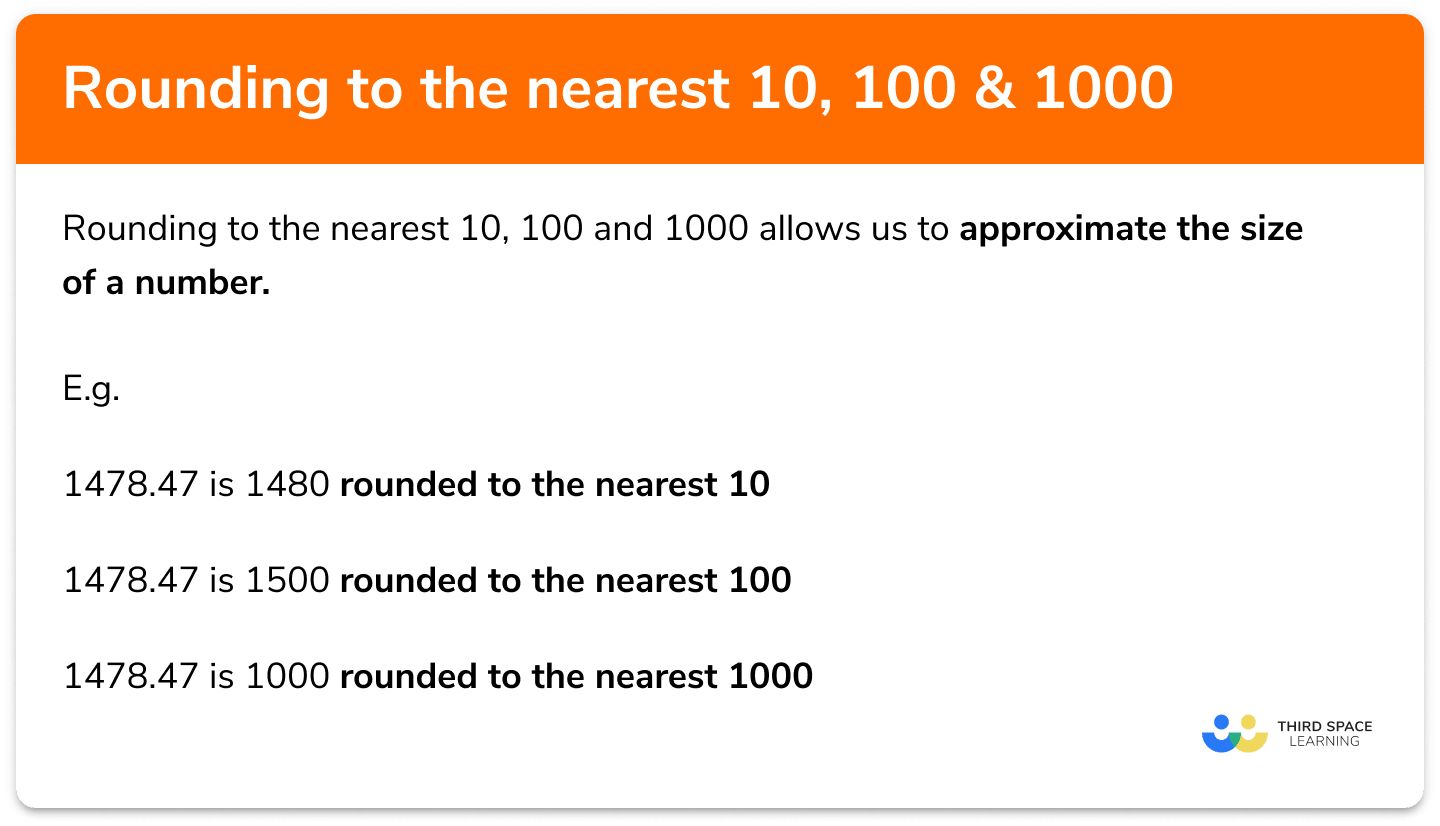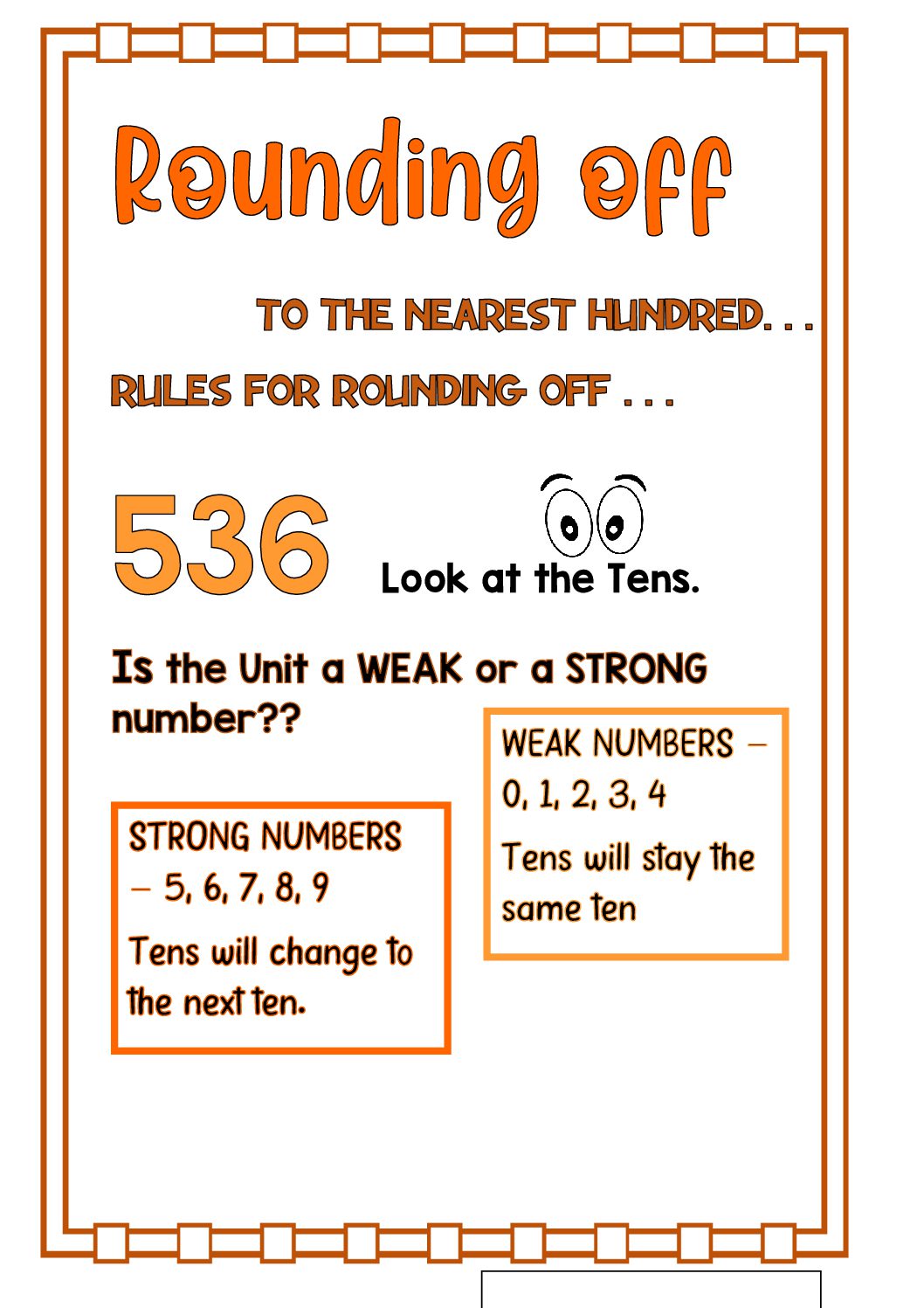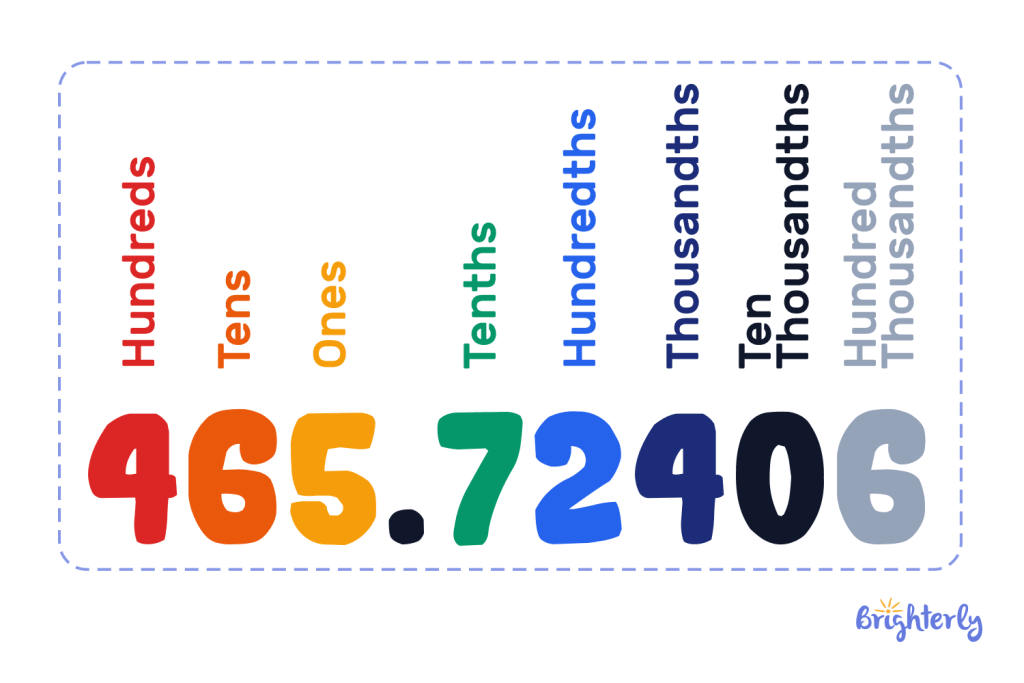26 Rounded To The Nearest Hundred

The seemingly simple act of rounding numbers has ignited a surprisingly fierce debate across educational platforms and social media. What appears to be a straightforward mathematical procedure – rounding 26 to the nearest hundred – has exposed deep-seated differences in pedagogical approaches and highlighted the challenges in standardizing basic mathematical concepts.
At the heart of this controversy lies the answer itself: 0. This article delves into the complexities surrounding this elementary rounding exercise, exploring the various interpretations, the confusion it generates, and the broader implications for math education. We examine expert opinions, analyze established rounding rules, and consider the psychological impact of perceived "trick questions" on young learners.
The Core Issue: Application of Rounding Rules
The fundamental rule for rounding to the nearest hundred dictates that any number 50 or greater rounds up to the next hundred, while any number less than 50 rounds down to the preceding hundred. Thus, 26, being less than 50, should round down to 0.
This appears to be a simple application of a well-defined rule. However, the debate arises from the context in which the rounding is presented, and the implicit assumptions students may bring to the problem.
Expert Perspectives on Rounding Conventions
Dr. Emily Carter, a professor of mathematics education at the University of California, Berkeley, emphasizes the importance of understanding the underlying principles of place value. "Rounding isn't just about memorizing rules," she states. "It's about understanding the magnitude of the number and its proximity to the nearest benchmark values, in this case, the hundreds."
Carter argues that while 0 is technically correct, educators should focus on helping students visualize the number line and understand the relative distance between 26 and 0 versus 100.
Conversely, Dr. David Miller, a curriculum specialist with the National Council of Teachers of Mathematics (NCTM), advocates for consistency in applying rounding rules. Miller explains, "If we deviate from the established rules without explicitly stating the exceptions, we risk confusing students and undermining their confidence in mathematical principles."
The Role of Context and Framing
The confusion surrounding rounding 26 to the nearest hundred often stems from the lack of context. In real-world scenarios, rounding a number as small as 26 to the nearest hundred might seem illogical.
For example, if a school has 26 students, rounding that number to 0 might be misleading and impractical. However, in the context of a purely mathematical exercise designed to test understanding of rounding rules, the answer of 0 is technically correct.
The Impact of "Trick Questions"
Many students and parents have voiced concerns about what they perceive as "trick questions." These concerns highlight a tension between assessing genuine understanding and testing rote memorization.
One parent on a popular online forum wrote, "My child knew the rounding rules, but the question felt like a trap. It made them doubt their understanding, even though they understood the concept." This sentiment reflects a broader concern that overly simplistic or seemingly illogical questions can discourage students and create math anxiety.
Alternative Interpretations and Methodologies
Some educators propose alternative approaches to teaching rounding, focusing on estimation and practical application. One suggestion is to use real-world examples to illustrate the purpose and value of rounding.
For instance, estimating the cost of groceries or approximating travel distances can provide a meaningful context for understanding rounding. Additionally, using visual aids such as number lines and interactive simulations can help students develop a deeper understanding of place value and proximity.
The Importance of Clear Communication
Regardless of the specific methodology employed, clear and consistent communication is crucial. Educators must explicitly state the rounding rules being applied and provide ample opportunities for students to practice and receive feedback.
Furthermore, it is important to address common misconceptions and to acknowledge the potential for ambiguity in certain rounding scenarios.
Moving Forward: A Call for Clarity and Consistency
The debate over rounding 26 to the nearest hundred underscores the need for greater clarity and consistency in math education. While the answer of 0 is technically correct according to standard rounding rules, the confusion it generates highlights the importance of context, clear communication, and a focus on conceptual understanding.
Ultimately, the goal of math education should be to empower students with the knowledge and skills they need to solve problems effectively and confidently. By prioritizing understanding over rote memorization, and by providing clear and consistent guidance, educators can help students navigate the complexities of rounding and other mathematical concepts.
The conversation should focus on how we, as educators and parents, can foster a positive learning environment that encourages exploration, critical thinking, and a genuine appreciation for the power and beauty of mathematics. The next step should be to consult with a variety of educators and mathematicians on the best path forward to prevent further confusion on such an elementary topic.


